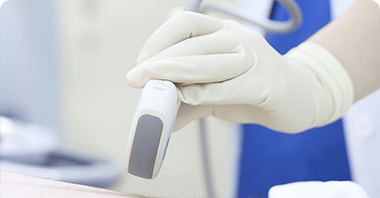

Coronary angioplasty has evolved over the last three decades due to improvements in angioplasty hardware such as stents, balloon catheters, wires etc which have made the procedure far easier to perform. Immediate and long-term outcomes and safety of the procedure have markedly improved. Also aiding in ease of performance are advancements in imaging technologies which have made cardiac Cath labs more sophisticated with lower risk of radiation to both patient and operator. There still are limitations in the two-dimensional image that the angiogram generates which make some interpretations inadequate. We do not get enough detail of what’s happening in the blood vessel wall, and the measurements are not precise enough. This is where Intravascular Ultrasound comes as a boon. Just like how ultrasound imaging of the intra-abdominal organs can be done using an ultrasound probe , the coronary artery can be imaged in detail using a miniature ultrasound catheter which is taken into the coronary artery during an angioplasty .The image generated by this probe gives multiple details such as the size of the blood vessel , length of the segment to be stented, presence of clot or calcium and such other details which are important in planning the procedure. Also, at the end of the procedure ,the IVUS tells us if there are any areas of concern that need to be fine tuned (such as stent under expansion, under sizing etc.). This gives a sense of objectivity and completeness to the angioplasty procedure which ensures robust long-term outcomes. The IVUS examination is done without too much addition to procedural time and complexity.